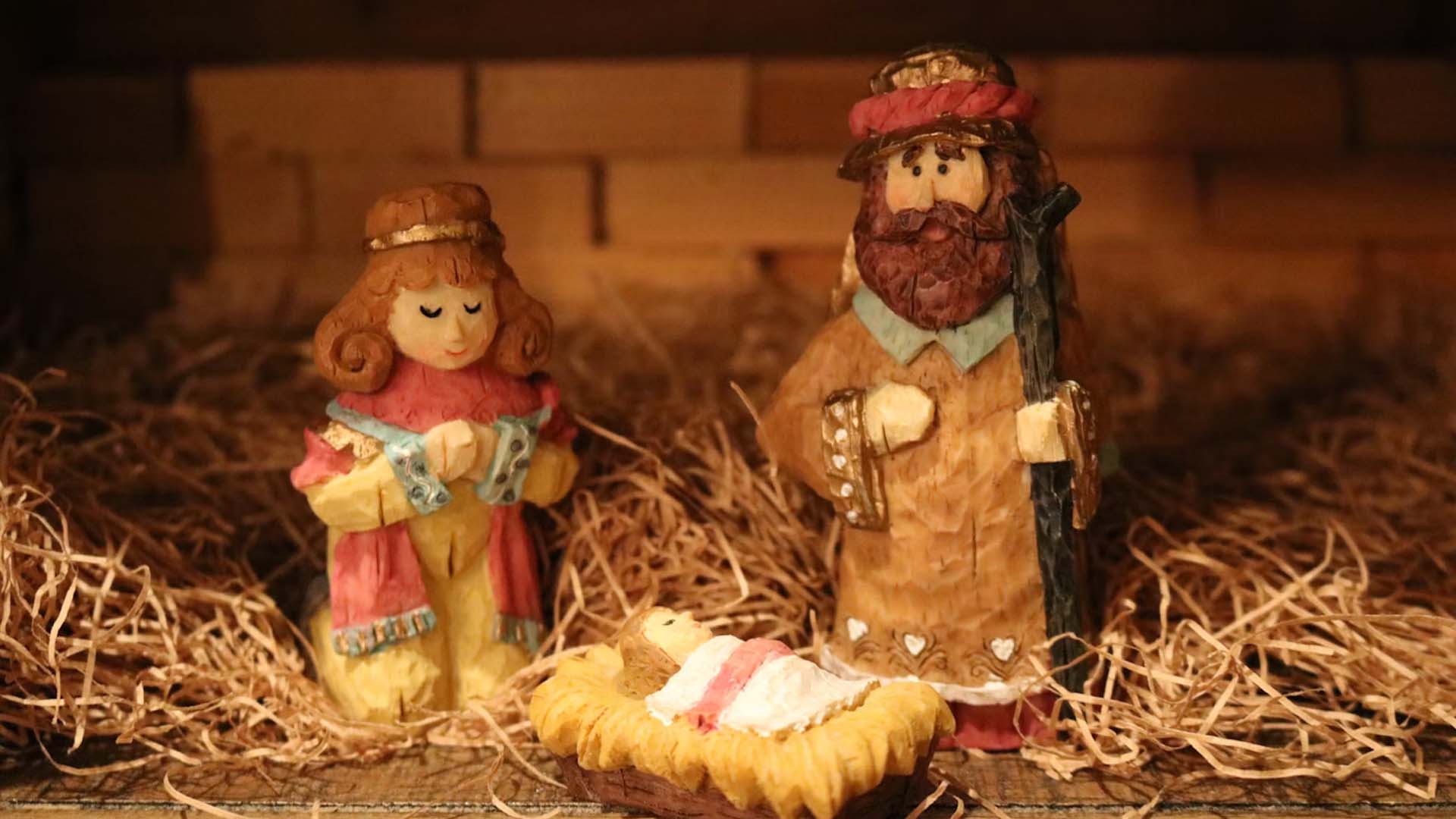
If you’ve studied ancient mythologies (or if you’ve seen conspiracy-driven documentaries like The God Who Wasn’t There and Zeitgeist), the stories of Jesus’ life may sound familiar…a little too familiar. Narratives about his miraculous conception and virgin birth, his baptism and miracles, and his death and resurrection seem to be borrowed from ancient myths that pre-date Christ’s existence. That’s because Jesus wasn’t the first and only god-man who was supposedly born of a virgin on December 25, under a prominent star who had twelve disciples, performed miracles, was crucified, and rose from the dead three days later.
Or so it would seem.
Some of Christianity’s critics accuse Jesus’ followers of fabricating his story by plagiarizing older mythologies, such as the one about Attis, the Greco-Roman god of vegetation. Attis is said to have been born of a virgin on December 25, around 400 BC. It is believed that, as an infant, Attis was visited by three kings and that, later in life, he became a renowned teacher whose twelve disciples followed him religiously.
The Hindu god Krishna (~800 BC) is also said to have been “virgin-born”, baptized at 30 years of age, called the “lamb of God,” and crucified between two thieves. Outspoken anti-Christian atheists like Bill Maher enjoy making this point every year around Christmas.
Long before Jesus ever walked out of his tomb, the ancient Egyptian god Osiris was said to have been resurrected from the dead. The Greek god Dionysus was born centuries before Jesus on December 25 and was also crucified before rising from the grave.
Given the preponderance of evidence that the gospels are merely copies of older myths, why would anyone pin all their hopes on Jesus?
This common critique of Christianity has been called “The Pagan Copycat Theory,” and the arguments I made above are regular talking points on social media platforms like Twitter and Reddit and on college campuses all across America. Here’s the only problem: these claims lack any historical merit whatsoever.
Despite the insinuations embedded in commonly shared memes like this, Attis wasn’t actually virgin-born; according to the earliest stories on record, he was “conceived” when the god Agdistis was castrated and his sexual organ became the seed of an almond tree (or a pomegranate tree, depending on which verison of the myth you’re reading). Attis’ mother, Nana, then picked almonds from the tree and ate them, which is how she became pregnant. Nowhere in history is she described as a virgin.
Attis also wasn’t born on December 25 (of course, Christians have never claimed that Jesus’ birthday was December 25, either – it’s simply the date that was chosen for his party!), and Attis was never crucified. According to the earliest stories that we have about his life, he died from blood-loss after cutting off his own genitalia. To be clear, death by self-inflicted castration and death by Roman crucifixion are two very different things.
Despite claims made by the likes of Bill Maher, Krishna’s mother had somewhere between 6 and 8 kids before having him (so…about that whole “virgin” thing…), and Krishna was never baptized or called “the lamb of God” during his life or for a thousand years after his life. Also, according to the earliest accounts of Krishna’s death, he wasn’t crucified; he died in a hunting accident.
Of course, it doesn’t really matter how figures like Krishna died, because unlike Jesus – whose historical existence is universally accepted among scholarly historians – we have no firm evidence that Krishna ever actually existed. And among all of the ancient, mythological figures who supposedly did the things Jesus did – before Jesus did them – Krishna is the only one who even *might* have existed. None of the others – from Osiris, Mithras, and Adonis, to Isis, Dionysus, and Attis – ever existed. None of their followers ever claimed they existed. They were always – and continue to be – the fictitious products of humanity’s imaginative capacity for myth-making.
Even more importantly, none of these ancient deities were said to have done the things that Jesus did before Jesus did them. While it’s true they all had been venerated for centuries before the advent of Jesus, their mythological narratives were edited to include Christ-like characteristics to their respective resumes in the centuries following Jesus’ life on earth.
In other words, the Pagan Copycat Myth is very real; we’ve simply misidentified the copycats. It wasn’t the Christians who edited Jesus’ story to mirror those of older myths. It was the pagans who tweaked their gods’ ancient tales to make them sound more like Jesus.
As I discovered when I finally surrendered to Christ at age 34, there has been a shameless, concerted effort in some secular circles to discredit Jesus by repeating claims like the ones I mentioned above until they’ve been repeated so often, and by so many seemingly intelligent people, that they become irrefutable.
And yet, in spite of the best efforts of some anti-Christian cynics, the gospel of Jesus continues to spread like wildfire across the globe. Why? Because unlike the pagan myths of old, Jesus’ story is unchanging and – more importantly – true.
So merry Christmas, friends. We have much to celebrate in the season ahead!